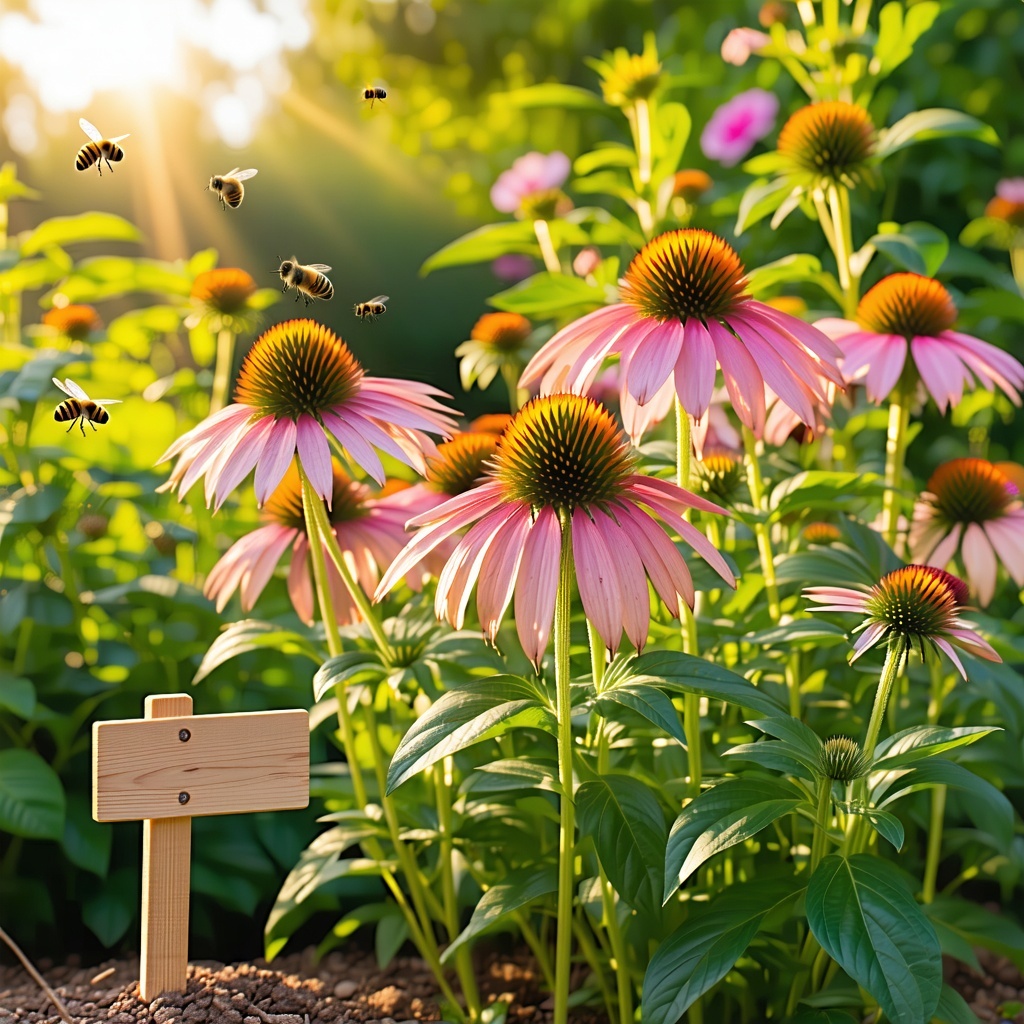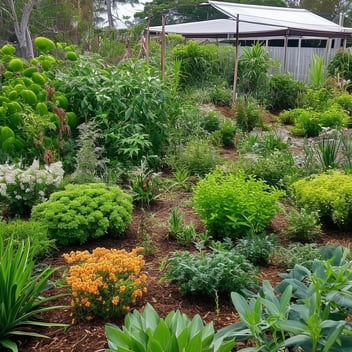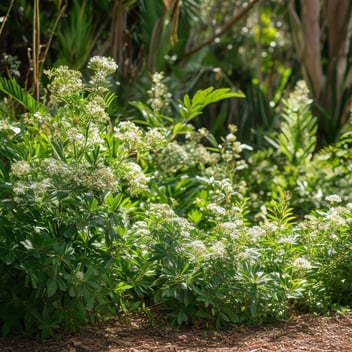How to Grow Echinacea and Boost Your Immunity Naturally
1. Introduction: The Allure of Echinacea
Echinacea, commonly known as coneflower, is a captivating perennial that not only enhances garden aesthetics with its vibrant blooms but also offers a plethora of health benefits. Renowned for its immune-boosting properties, Echinacea has been a staple in traditional medicine and continues to gain popularity among modern herbal enthusiasts.
2. Understanding Echinacea: Species and Characteristics
Echinacea belongs to the Asteraceae family and encompasses several species, with Echinacea purpurea, Echinacea angustifolia, and Echinacea pallida being the most prominent. These species are native to North America and are characterized by their daisy-like flowers with prominent central cones.
3. Selecting the Right Echinacea for Your Garden
When choosing Echinacea for cultivation, consider the specific species and their adaptability to your region. Echinacea purpurea is widely cultivated due to its robust nature and ornamental appeal. Echinacea angustifolia and Echinacea pallida are also valued for their medicinal properties but may require more specific growing conditions.
4. Optimal Growing Conditions for Echinacea
-
Climate: Echinacea thrives in temperate climates and is well-suited for regions with warm summers and cold winters.
-
Soil: Prefers well-drained, loamy soil with a neutral to slightly acidic pH.
-
Sunlight: Requires full sun exposure for optimal growth and flowering.
-
Watering: Moderate watering is essential; overwatering can lead to root rot.
5. Step-by-Step Guide to Planting Echinacea
-
Seed Preparation: Stratify seeds by placing them in a moist medium and refrigerating for 4-6 weeks to break dormancy.
-
Sowing: Sow seeds indoors 8-10 weeks before the last frost date or directly outdoors after the danger of frost has passed.
-
Spacing: Plant seedlings 12-18 inches apart to allow adequate air circulation.
-
Transplanting: Once seedlings have developed strong roots, transplant them to their permanent location in the garden.
6. Caring for Your Echinacea Plants
-
Mulching: Apply a layer of mulch to retain soil moisture and suppress weeds.
-
Fertilization: Use a balanced, slow-release fertilizer in early spring to promote healthy growth.
-
Deadheading: Regularly remove spent flowers to encourage continuous blooming.
-
Pest and Disease Management: Monitor for common pests like aphids and diseases such as powdery mildew; employ organic control methods as needed.
7. Harvesting and Utilizing Echinacea
-
Harvesting: Collect aerial parts (leaves and flowers) during peak bloom for immediate use or drying. Roots can be harvested in the fall of the plant's second or third year.
-
Drying: Air-dry plant materials in a well-ventilated area away from direct sunlight.
-
Storage: Store dried Echinacea in airtight containers in a cool, dark place to preserve potency.
-
Usage: Prepare teas, tinctures, or capsules to harness Echinacea's medicinal properties.
8. Health Benefits of Echinacea
Echinacea is lauded for its immune-enhancing effects. Studies suggest that it may reduce the duration and severity of colds and upper respiratory infections. Additionally, Echinacea exhibits anti-inflammatory and antioxidant properties, contributing to overall wellness. Some research also indicates potential benefits in managing anxiety and skin conditions.
9. Precautions and Considerations
-
Allergic Reactions: Individuals allergic to plants in the Asteraceae family should exercise caution.
-
Autoimmune Conditions: Those with autoimmune disorders should consult healthcare providers before using Echinacea, as it may stimulate immune activity.
-
Medication Interactions: Echinacea may interact with certain medications; professional medical advice is recommended prior to use.
10. Conclusion: Embracing Echinacea in Your Wellness Journey
Cultivating Echinacea offers a rewarding experience, blending horticultural enjoyment with health-promoting benefits. By understanding its growth requirements and therapeutic potential, gardeners can integrate this remarkable plant into their landscapes and wellness routines. Embrace the natural synergy of gardening and health by growing Echinacea and harnessing its time-honored medicinal virtues.




